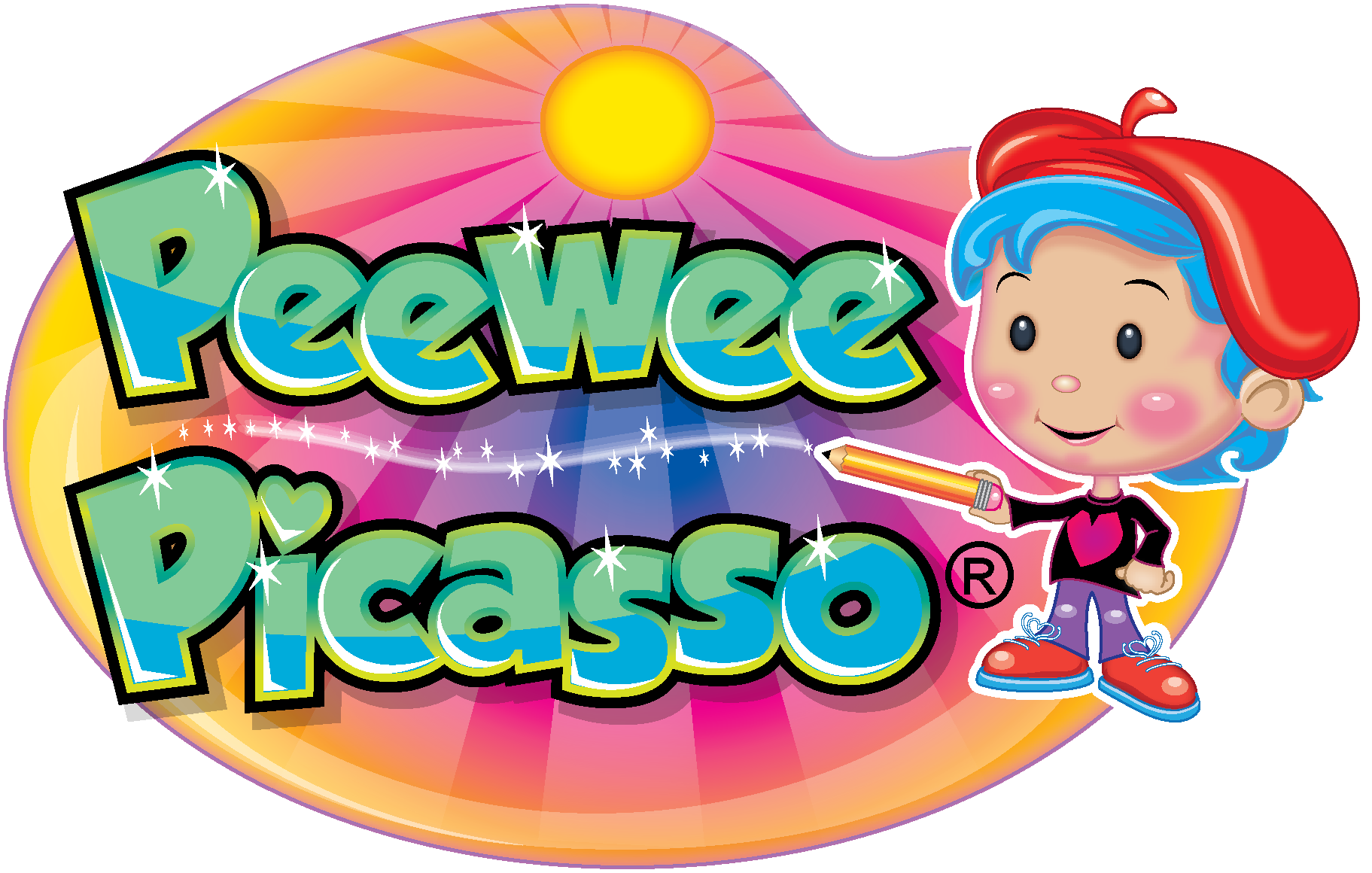Drawing is a fundamental form of artistic expression that has been around since the beginning of human civilization. While we often associate drawing with the fine arts, it is also a valuable tool for education. In fact, teaching children how to draw can have a significant impact on their overall development.
Benefits of Learning to Draw
Drawing is an invaluable tool for educational development as it fosters concentration, creativity, imagination and fine motor skills. Both the National Endowment for the Arts and the National Art Education Association acknowledge the educational value of teaching children how to draw. In addition, the Smithsonian American Art Museum’s “Artful Connections” program is dedicated to teaching children how to draw to develop a better understanding of visual literacy. Overall, these institutions emphasize the importance of drawing in helping children develop both creative and cognitive skillsets.
The National Endowment for the Arts has identified drawing as a fundamental component of art education in the United States. They note that drawing is particularly useful because it helps children develop hand-eye coordination, spatial understanding, and a sense of line and shape. These skills can be applied in other areas of education, such as math and science (3).
The National Art Education Association also recognizes the importance of teaching drawing to children. They note that drawing can help children develop cognitive, creative, and motor skills, as well as a sense of aesthetic awareness. They also emphasize that drawing is a valuable tool for cross-cultural communication, as it allows individuals to express themselves in a universal language (4).
The Smithsonian American Art Museum has a program called “Artful Connections” that is designed to help children develop visual literacy skills. The program includes teaching children how to draw in order to help them develop an understanding of how artists use visual elements to create meaning. They note that drawing encourages children to be active learners, as they must observe and analyze the world around them in order to create a visual representation of it (5).
There are many benefits to learning how to draw, particularly for children, including but not limited to:
Develops Fine Motor Skills
Drawing requires a steady hand and precise movements, which help children develop fine motor skills. These skills will not only help them with drawing but also with other tasks such as writing and using tools (1).
Encourages Concentration and Focus
Drawing requires a certain level of concentration and focus, particularly if a child is working on a particularly detailed piece. This ability to concentrate can be useful in other areas of education and life in general.
Fosters Creativity and Imagination
Drawing allows children to express their creativity and imagination in a visual way. It can help them develop a sense of themselves and their place in the world, which can be particularly useful in helping children develop a sense of self-confidence (2).
Considering that schools have cut creative programs, It is important for parents, caregivers, and educators not to overlook the value of drawing in education.
Bibliography
- “Fine Motor Skills: What Are They and Why Are They Important?” org, Understood, 1 Feb. 2021, www.understood.org/en/learning-thinking-differences/child-learning-disabilities/movement-coordination-issues/fine-motor-skills-what-you-need-to-know.
- Burns, Kristin D., et al. “Brighter Than the Sun: Mastery, Creativity, and the Exhilaration of Learning.” Independent School, vol. 70, no. 4, 2011, pp. 28-34.
- “The Arts and Achievement in At-Risk Youth: Findings from Four Longitudinal Studies.” National Endowment for the Arts, 2012.
- “Goals for Learning: The Importance of Teaching Drawing.” National Art Education Association, arteducators.org/advocacy/articles/61-goals-for-learning-the-importance-of-teaching-drawing.
- “Artful Connections.” Smithsonian American Art Museum, Smithsonian Institution, si.edu/education/k-12/programs/artful-connections.
Image by Gerd Altmann from Pixabay








